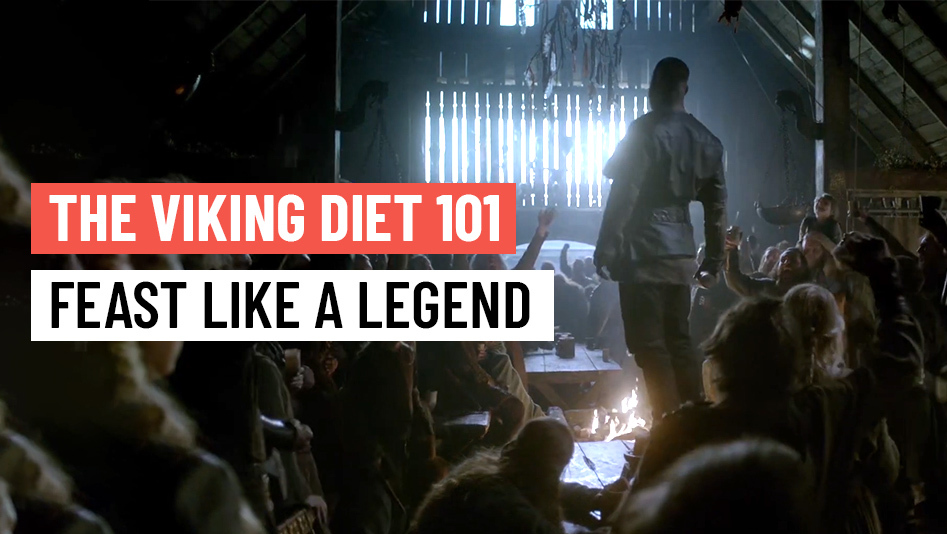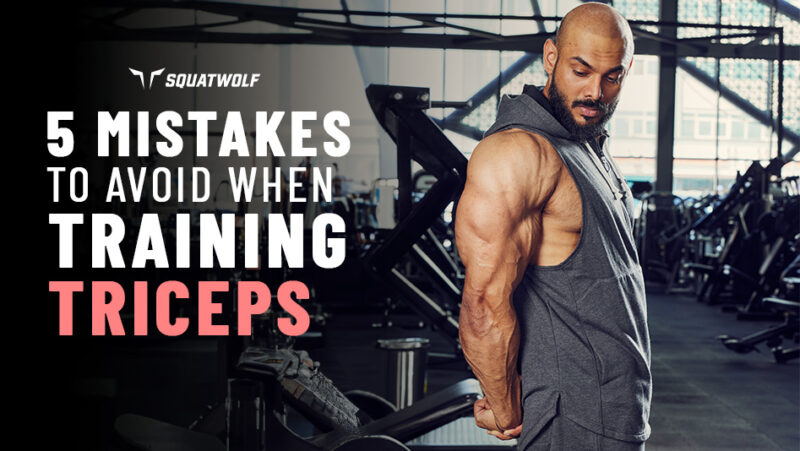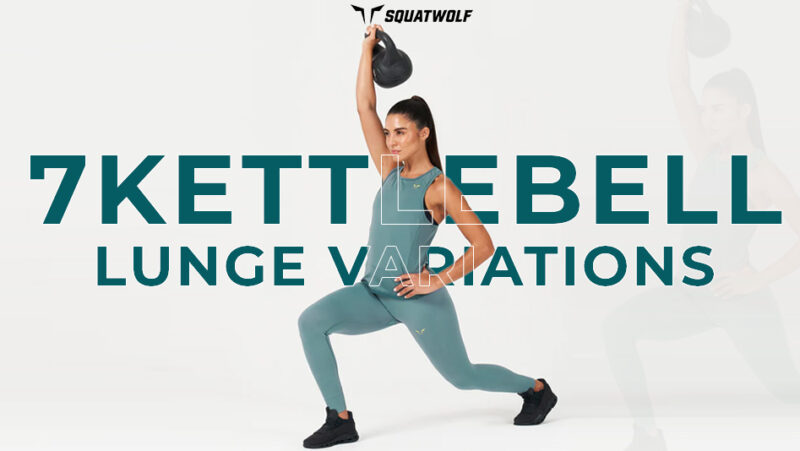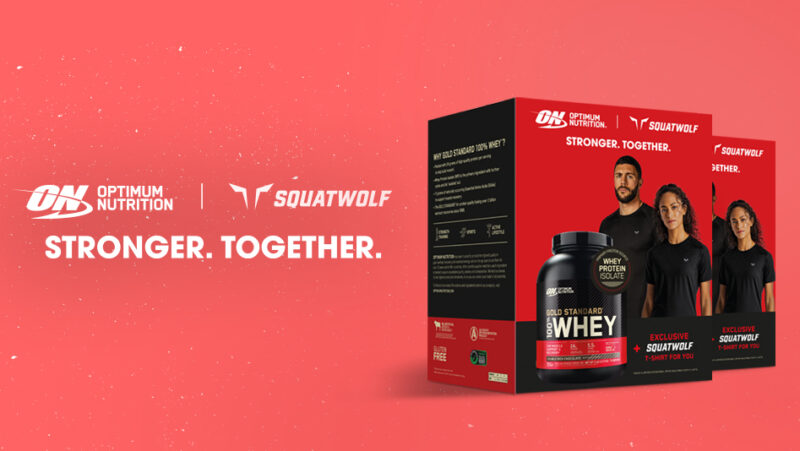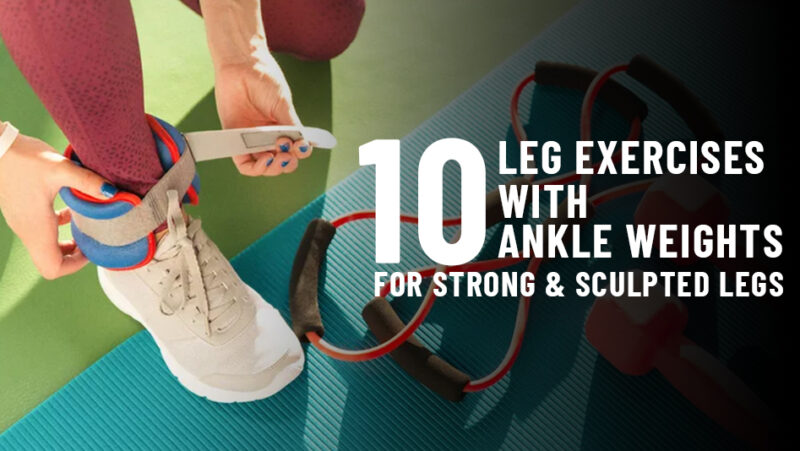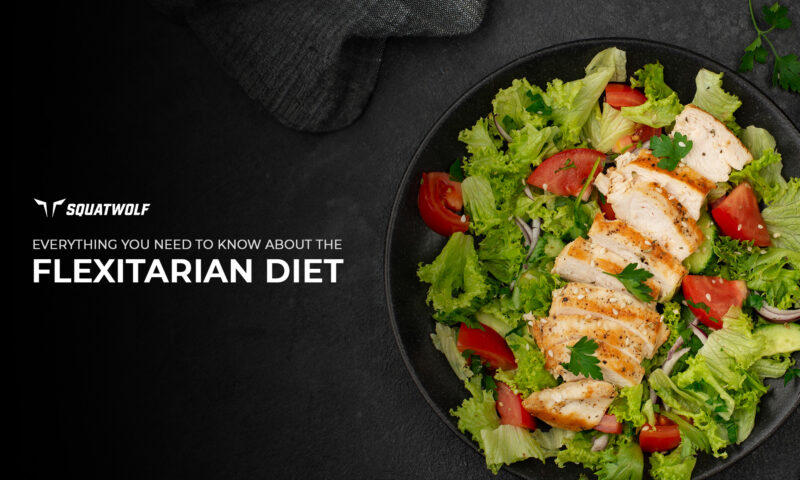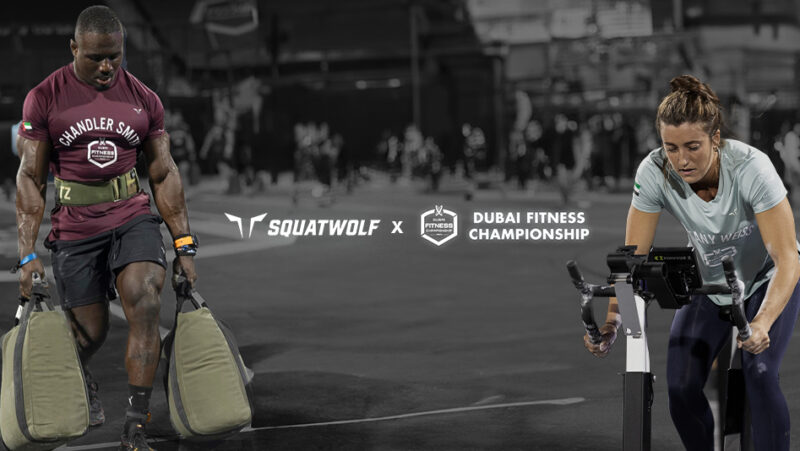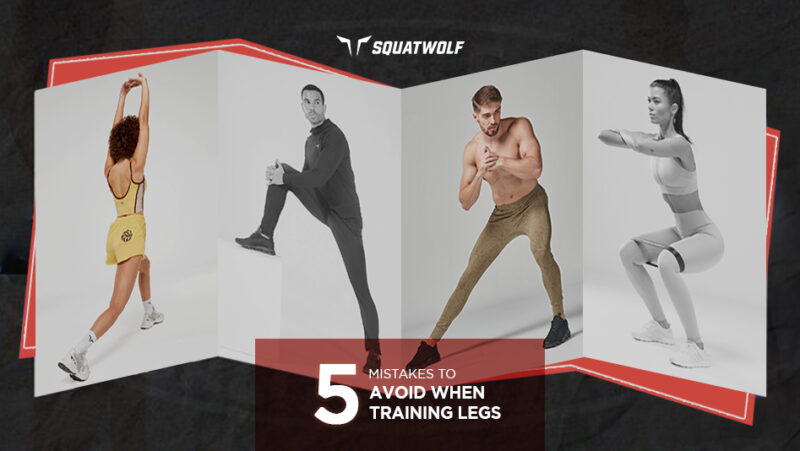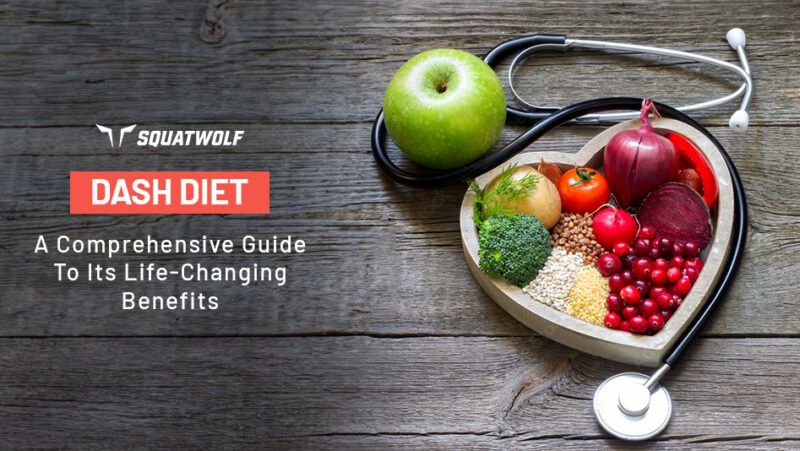The Viking diet is a clean, sustainable, and power-packed eating lifestyle that was enough to fuel venturesome warriors who braved the rough seas and rivaled the world powers at that time.
This blog takes a closer look into the Viking diet meal plan – a dietary habit that powered these brutal Northmen.
See, being a Viking wasn’t easy. There was no telling when your ship would capsize. If you did manage to land on foreign land, you would have to fight on unknown terrain. You were also prone to sickness because of the lengthy travels by sea and your immune system being exposed to exotic germs and bacteria.
Yet, the Vikings still managed to instill terror where ever they stepped foot. They were also revered warriors who successfully besieged numerous kingdoms and civilizations. They were famed for their towering physiques, superhuman strength, and endurance.
Yep, they were the stuff of legends.
And the Viking diet was just as versatile. It provided the Norsemen with all of the energy and nutrients they required to build their strong muscles.
The Viking diet isn’t any other contemporary diet. It doesn’t have set rules, food recommendations or meal plans because the history and information on it is limited.
In this guide, you’ll take a look at what the Vikings ate, their similarities with the Nordic diet, and how you can incorporate similar healthy eating habits.
Want to feast like a beast? Try the Paleo diet.
What Is The Viking Diet?
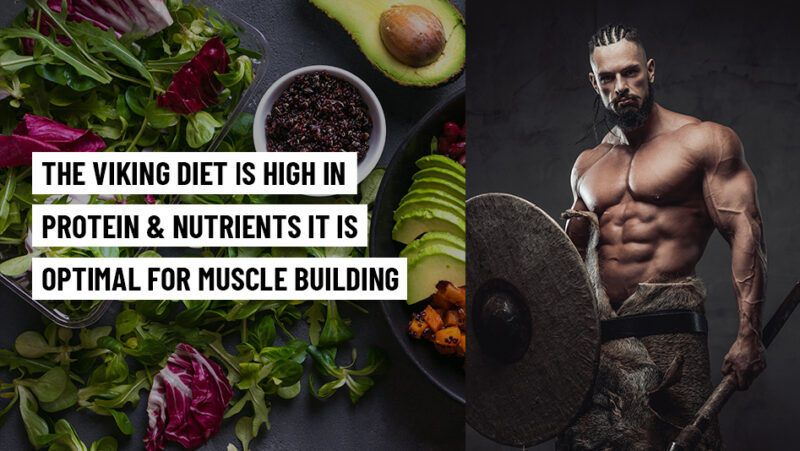
The Vikings sourced their food through farms, raising livestock, hunting, gathering, and fishing. However, the rigid terrain and harsh weather conditions limited farming and cultivation.
Vikings ate two meals in a day. One in the morning called Dagmal or the day meal. The second one was called Nattmal or the night meal.
The night meal was a bit more lavish as it consisted of stews and bread. What was leftover, was usually saved for the morning meal. The morning meal also consisted of bread, fruit, porridge, and buttermilk.
Their drink of choice with their meals was either ale or mead. Both are alcoholic beverages fermented with either grains or honey.
The landscape in which the Vikings lived, wasn’t as favorable as England, France, or other parts of Europe. This is another reason why they ventured out to find new lands, which were more hospitable.
Despite such grueling landscapes, the Viking diet had its benefits. From the common folk to the nobles, almost everyone ate some kind of protein daily.
Want to train like a Viking? Try this super intense, The Mountain workout to level up your gains!
Protein | Dairy | Grains | Vegetables | Fruits & Nuts | 5-Day Viking Diet & Workout | Other Performance Diets | Key Takeaways | FAQs
Proteins
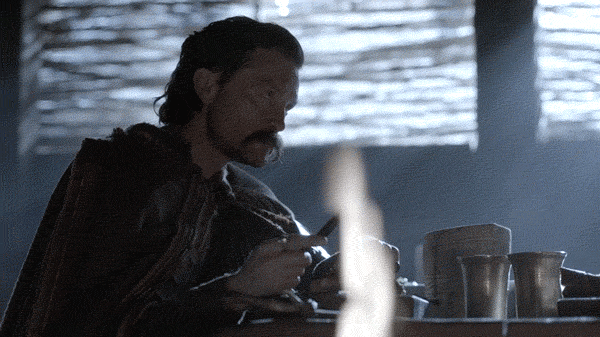
Proteins ranged from cattle, sheep, goats, pigs, hens, geese, ducks, and numerous kinds of fishes.
Al-Tartushi, an Arabic traveler wrote that the people of Hedeby relied heavily on fish and that they could choose from 26 different kinds of fish.
That is a lot of variety. The most preferred fish according to historians was herring. Rightly so, herring has an incredible protein content along with essential nutrients like Omega-3 fatty acids, vitamin D, and selenium.
They also ate horse meat once in a while but this wasn’t common as horses were considered an important asset both for war and farming. Historians say that horsemeat was either for religious purposes or rare events – either way, it wasn’t a crucial part of the Viking diet.
The Northmen were also adept hunters. The Northern parts of Scandinavia have an abundance of reindeer and elks.
Vikings would hunt them en masse. Smaller game and birds were also up for hunting as well as bears and moose.
Once these animals were brought back, almost everything from meat to intestines to hide was used.
So, some kind of protein was definitely on the menu daily.
Looking for easy ways to add protein to your diet? Check out protein salads and smoothies that you can have throughout the day or post-workout!
Dairy
Dairy is also big in the Viking diet. The Norsemen loved their cheese, yogurt, curds and butter.
Skyr is a dairy product home to the Scandinavians. It is kind of like yogurt taste-wise but has a thicker consistency. It has a considerably high amount of protein, nutrient and minerals.
Skyr has around 11 grams of protein per 100 grams. This is the highest protein content as compared to other dairy products like Greek yogurt.
Drinking milk was also a must for the Vikings.
They loved milk from cows, goats and sheep. Apart from ale and mead, buttermilk was also their choice of drink with their meals.
Salted butter was another popular dairy product. Correction, heavily salted butter, the Vikings used to excessively salt the butter to help preserve it during their long winters.
Want more recipes from back in the days? Check out these 23 Paleo breakfast recipes!
Grains
Grains are also an everyday food in the Viking diet.
Rye and barely were the main cereals along with oats. Grains were important because the Viking loved their alcoholic beverages like ale which was also a common drink with meals.
Porridge was popular, so popular that it wound up in numerous stories and fables. There is a famous poem in which Thor talks about his meal and mentions eating oatmeal and herring. So, even the God of Thunder loved a filling bowl of oatmeal.
Flatbread was another daily food the Vikings indulged in. It was made with barely and served with stews.
Not fond of porridge? Level it up with these 4 overnight oats recipes!
Vegetables
Vegetables like cabbage, onions, peas, garlic, leeks, and turnips were found naturally in Viking territory.
According to history, carrots, potatoes, cucumbers, and tomatoes didn’t originate from Scandinavia. So, it’s likely that these vegetables were incorporated after their successful ventures into Europe.
Fun fact: The Vikings used onion soup as a means of diagnosis. To see if an abdominal injury was beyond treatment, like a sword wound, they would feed onion soup to the patient. If the wound smelled like onions, it meant that the intestines were punctured.
To add a bit of flavor to their stews, they used a variety of herbs.
Thyme, mint, coriander, dill, horseradish, and mustard were herbs that grew naturally on Viking territory.
Trying to get your gains while going green? Take a look at how vegans bulk up!
Fruits & Nuts
According to the Museum of Denmark, fruits and nuts were also part of the Viking diet. Apples, pears, cherries, lingonberries, strawberries, bilberries, and hazelnuts were local treats. These are all fruits and nuts that grew organically in the Viking terrain.
The Viking diet evolved as they ventured out to Europe and the Middle East.
As they made their way through kingdoms after kingdoms, they brought back whatever they laid their hands on. The Viking culture started to grow and they adopted numerous foods into their diet later on.
Fruits and nuts are a great snack to have before you train. Check out 5 more natural pre-workout alternatives you can have!
A Complete 5-Day Viking Diet And Workout Plan
To get gains that make you the center of everyone’s envy, try the Viking diet and workout plan. While this is an intense routine, it will help you gain mass, grow muscles and build your strength and endurance like no other. However, this plan is only for people who’re at an advanced level of their fitness journeys. So, if you’re just starting out, try some beginner-friendly workouts such as jump ropes!
| Day | Diet | Workout | Estimated Calories |
|---|---|---|---|
| Day 1: Upper Body Strength | Breakfast: Skyr with berries and honey Lunch: Grilled salmon with wild vegetables Dinner: Stewed venison with barley bread |
Bench Press (Chest) – 4 sets of 8 reps Pull-Ups (Back) – 4 sets to failure Overhead Press (Shoulders) – 4 sets of 8 reps Dumbbell Biceps Curls (Biceps) – 3 sets of 10 reps |
2500 |
| Day 2: Endurance and Core | Breakfast: Oatmeal with apple slices Lunch: Smoked herring on rye bread Dinner: Roasted pork with root vegetables |
Rowing Machine – 20 minutes at moderate pace Plank – 4 sets of 1 minute Russian Twists (Core) – 4 sets of 15 reps each side Leg Raises (Core) – 3 sets of 12 reps |
2600 |
| Day 3: Lower Body Strength | Breakfast: Boiled eggs and smoked trout Lunch: Beef stew with cabbage Dinner: Leg of lamb with leeks and turnips |
Squats (Legs) – 4 sets of 8 reps Deadlifts (Back & Legs) – 4 sets of 8 reps Lunges (Legs) – 3 sets of 10 reps each leg Calf Raises (Calves) – 3 sets of 15 reps |
2700 |
| Day 4: Functional Training | Breakfast: Porridge with nuts and dried fruits Lunch: Salted cod with barley Dinner: Wild fowl with mixed berries |
Kettlebell Swings (Full Body) – 4 sets of 15 reps Farmer’s Walk (Grip & Core) – 4 sets of 1-minute walk Battle Rope Slams (Arms & Cardio) – 4 sets of 30 seconds Box Jumps (Legs & Agility) – 3 sets of 10 reps |
2500 |
| Day 5: Total Body Conditioning | Breakfast: Buttermilk and fresh fruit Lunch: Cheese, walnuts, and flatbread Dinner: Meat and vegetable stew with ale |
Burpees (Full Body) – 4 sets of 12 reps Diamond Push-Ups (Chest & Arms) – 4 sets of 15 reps Dumbbell Rows (Back) – 4 sets of 10 reps each arm Jump Rope (Cardio) – 3 sets of 3 minutes |
2600 |
Shop Gear Fit For Warriors
To train like a warrior, you need to make sure you’re wearing the right kind of performance gear that supports every move. Some of the best options for your training rituals include:
- Stretchy training t-shirts
- Stringers & tanks for full range of motion
- 2-in-1 shorts for compression and coverage
The Viking Diet vs Other Performance Diets
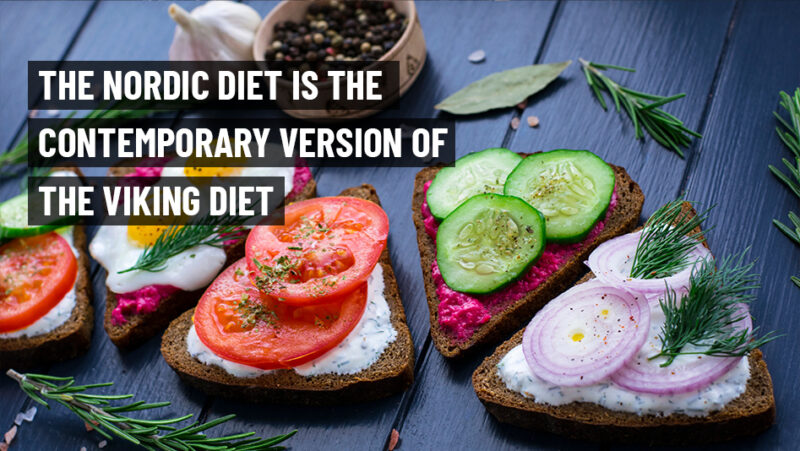
The Nordic Diet
The Nordic diet is a contemporary version of the Viking diet. It was founded in 2004 by researchers and scientists from Scandinavian countries.
So, it does have its roots from the Vikings. The major difference is that Vikings had a limited variety of foods and had to make do with what was available.
However, Nordic countries are some of the most progressive countries to date. There aren’t any shortages of food and the Nordic diet is a highly healthy eating lifestyle.
It focuses on foods that are locally produced and emphasizes sustainability.
Pair this diet with a mass building program to grow your gains!
The Warrior Diet
The Warrior diet is intermittent fasting coupled with clean and minimal eating. It starts with a 20-hour fast followed by a 4-hour eating window.
This diet is a little bit more on the complex side as it comes with restrictions and rules to follow. It was invented by Ori Hofmekler, an ex-Israeli Special Forces.
His aim was to adapt the lifestyle of ancient warriors who used to hunt for the major part of the day and feast at night.
During the 20-hour fast, you can drink calorie-free drinks, eat small portions of dairy, boiled eggs, fruits and vegetables.
Boost your full body strength with battle rope workouts while following this diet!
The Vertical Diet
So, The Mountain from Game Of Thrones, Hafthor Bjornsson, loves this diet. It was invented by the legendary White Rhino, Stan Efferding.
It is a performance-based diet that aims to optimize gut health, boost your energy, balance your hormones, and reduce recovery time.
However, the main goal of the Vertical diet is to maximize the number of calories consumed to help build mass and strength.
This diet could most definitely work given that The Mountain is absolutely gigantic.
Don’t skip leg days – combine this diet with this complete leg workout to get powerful legs and boost overall strength!
Key Takeaway
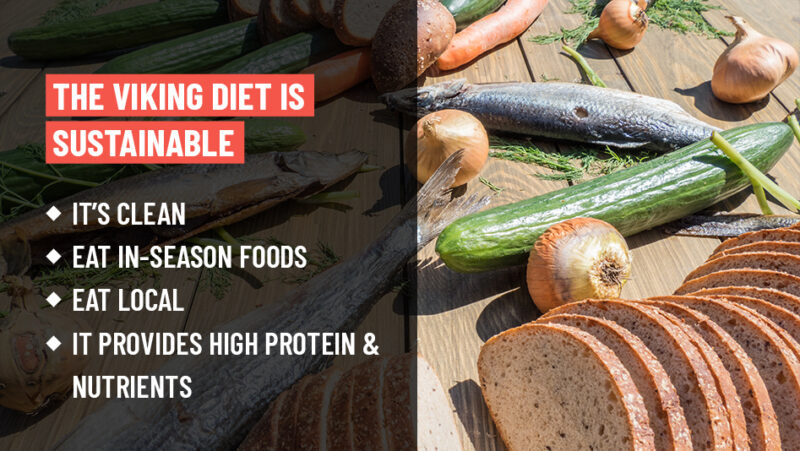
Vikings lived in not-so-friendly terrain. They were limited to what they could farm and grow.
The insubstantial food supply has been well documented in history. This was one of the main reasons that led them to Europe and other parts of the world.
Yet, even with these restrictions, the Vikings had unparallel bodies. Their raw strength was enough to rival soldiers with chainmail and armor while they dawned furs and leather shirts.
The Viking diet played a huge role in building such Herculean physiques. Almost every social class consumed some kind of protein on a daily basis.
Their dairy products were also packed with high protein content. The Vikings also ate healthy servings of vegetables, grains and fruits too.
Overall, the Viking diet is a clean, sustainable and healthy eating lifestyle. It provides the body with all the nutrients and energy it needs to build powerful muscles and to stay active.
Add more greens to your diet with these 3 easy vegan salads!
FAQs
The Vikings didn’t workout or have training routines as we do today. However, they were physically active and engaged in demanding activities such as farming, building ships, martial training and rowing that kept them in great shape. For a modern day Viking workout, go for a functional training routine such as rowing, carrying or pushing weights while you walk, and engaging in some MMA training. Even though this isn’t exactly the Viking lifestyle, these movements mimic the ways in which Vikings lived their lives.
Since the Vikings had physically demanding lifestyles, they were able to build strength and stamina. From farming to building ships, rowing boats and carrying heavy materials, their daily activities naturally developed their muscles. They were also warriors, which meant they trained for battles and did sword work or archery. Again, this boosted their strength and built their muscles. In addition, they had a protein-rich diet, which enabled them to grow their muscles.
Even though the Vikings didn’t follow any kind of ‘gym’ routine, you can do exercises with similar movements as their daily tasks to build a physique that’s similar to theirs.
When working out, make sure your key focus is on developing strength, endurance, and agility.
Exercises to Try
- Rowing: Good for heart and arm muscles. Use a rowing machine or resistance bands.
- Weightlifting: Lift weights or use household items for squats and lifts.
- Agility Drills: Quick feet exercises with cones or makeshift obstacles.
- Sword Play: Practice with pretend swords or use similar weight objects for a fun workout.
Home Workouts to Try
- Use water bottles for weights.
- Create a mini obstacle course for agility.
For Nutrition
- Eat Protein: Chicken, fish, and cheese are great for muscle repair.
- Include Healthy Fats: Snack on nuts and use olive oil in cooking.
When preparing meals, incorporate proteins with veggies and healthy fats for balanced meals. Add fruits like berries for an energy boost.
No, the Vikings did not lift weights in the same way as you would in a gym. However, they did lift heavy objects when building ships or houses, which helped them develop muscles. They also lifted weights in terms of battle equipment such as wielding swords or using them in wars, which meant that they were lifting heavy weights.
Continue Reading

